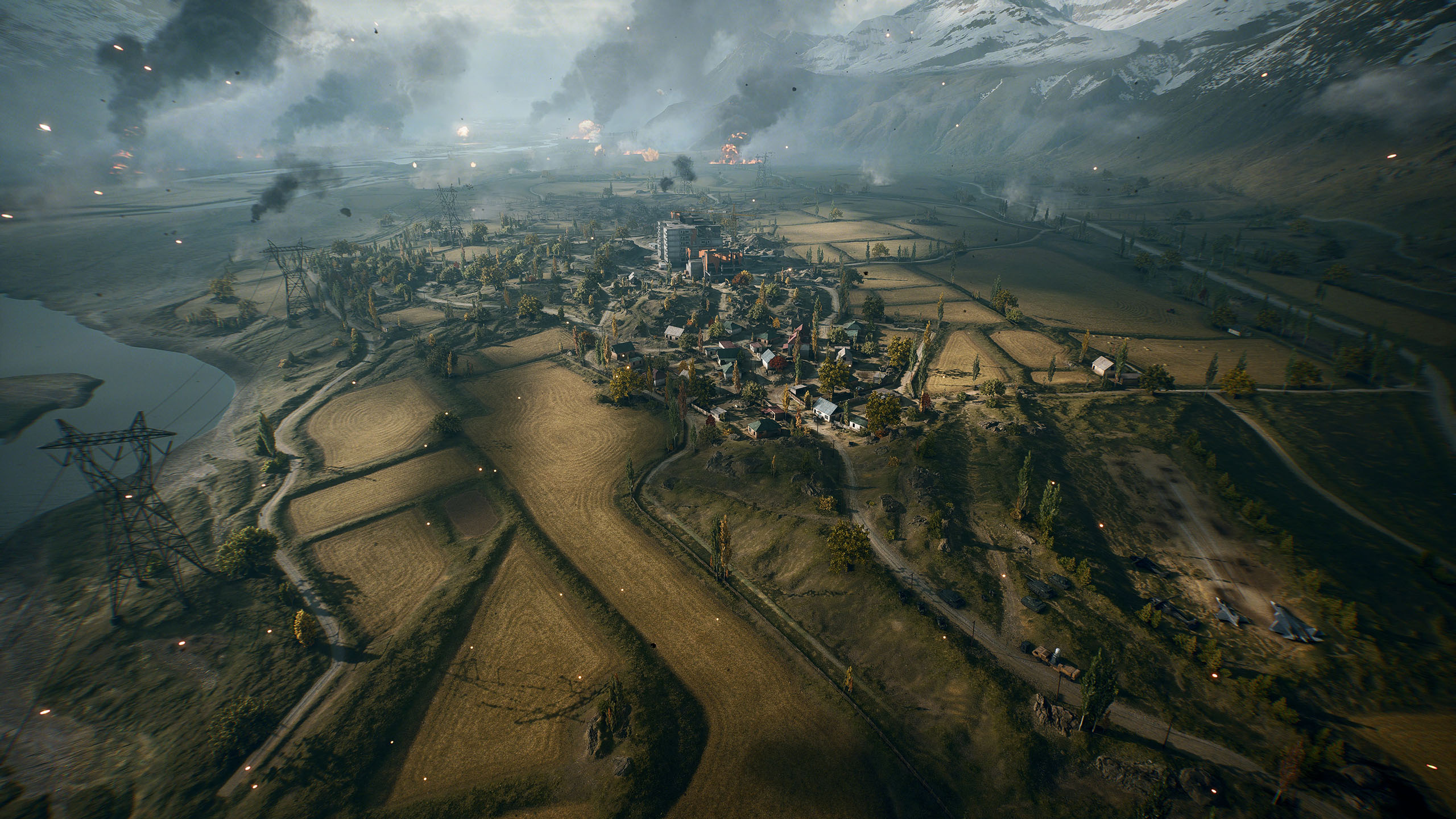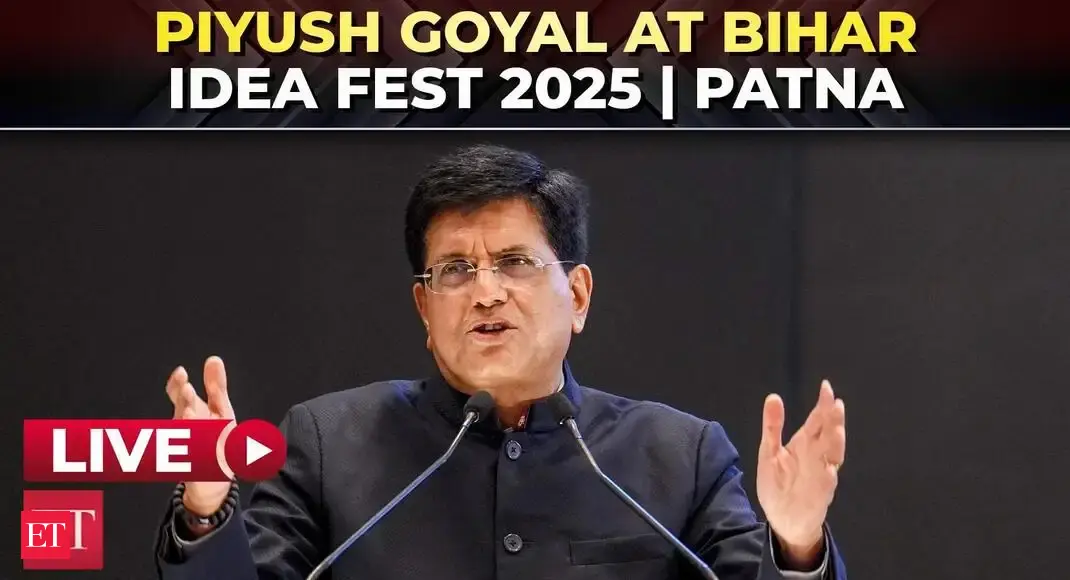Battlefield 6 maps Mirak Valley and Operation Firestorm return scale to a game that sorely needed it
By John Schutt
Copyright shacknews

The Battlefield franchise is nearly a quarter of a century old, but for almost ten years of that time, it’s been floundering. Caught chasing trends, hemorrhaging its core development team, or making just plain bad choices, only the most devout have found it in their hearts to keep the series limping along. Now, Battlefield 6 is on the horizon and looks to right the wrongs of the past, bring back the game veterans love, and introduce a new generation to the series that defined class-based warfare between infantry and vehicles.
If what I played at a recent closed multiplayer event is any indication, with Battlefield 6, the series returns to glory by standing on the foundation made by its best titles.
At the event, several hundred other content creators and I were able to play Mirak Valley and the returning Battlefield 3 map Operation Firestorm. We had access to what I believe to be every weapon in the game and every attachment, as well as every class Gadget, and every type of grenade. The world was our oyster, and we got to play Conquest, Breakthrough, and the new Escalation modes during the four-hour session.
Anyone who played the open beta will have a good idea of how the game feels, but for those waiting for the full release, here are the basics. The gunplay in BF6 is tight, responsive, and easy to learn. The maps vary in size from almost too small to big enough that moving between objectives is a multi-minute endeavor on foot. Each class plays a specific role, and without a healthy mix of all four, your team is bound to struggle.
Mirak Valley was the first map we had access to on the Conquest mode, and it was by far the largest of the original maps coming with Battlefield 6. It used a mostly linear objective layout with the lone C flag on the outskirts. Infantry fights were primarily limited to the areas in and around the B and D flags, as those were close enough together that vehicles were mostly limited to the zones surrounding the objective buildings.
Provided you stuck to those two flags, combat on Mirak Valley felt very much like a larger-scale version of the Empire State map from the beta. The main difference was the fairly consistent need to deal with armor, choppers, and jets. That dynamic changed in Breakthrough, where everything condenses around the two points the attackers need to take. Infantry-on-infantry was the order of the day, with only minor vehicle support for each push.
Operation Firestorm, by contrast, was a welcome blast from the past — a truly massive play space where every type of vehicle could shine. There, tanks traded blows with the infantry holed up on rooftops while helicopters rained death on anyone foolish enough not to have some cover over their heads. You could easily spend two or three minutes moving between points on foot, a treacherous gambit with so many angles to account for.
However, you were never wanting for action on Firestorm Conquest, as the central points gave easy and effective access to everywhere else on the map. Fighting was ever-present. There were, of course, your crane snipers who sat and looked on the map from hundreds of meters up. Roof rats were common enough, as well. Neither group cared much for the objective, and that’s the fault of both the map and the player for having those sniper nests and the snipers for wanting them. It was all old hat for me, so any annoyance was colored by an understanding that that’s just how Operation Firestorm plays.
Both Mirak Valley and especially Operation Firestorm were at their weakest in Breakthrough, as a lot of the nuance of playing them disappeared when both teams funnel to a small subarea of the map. Firestorm comes from a time long before the Breakthrough mode, and so it almost felt shoehorned in. The map’s grander scale opened up more opportunities for flanking, but I still thought the smaller-scale battles did the map no favors.
Escalation, on the other hand, played well. Think of it as Conquest that shrinks. The matches start with the maximum number of capture points the map can hold (seven for both Mirak and Firestorm). Whenever a team holds the majority of the objectives, they gain progress toward their first victory point. When either team earns that victory point, as shown by a bar at the top of the screen, one of the flags will disappear, shrinking the objective play area. This back-and-forth continues until one team reaches three victory points.
I think I still prefer Conquest to Escalation and Breakthrough, and I’ll need to see how Mirak and Firestorm play on Rush in BF6 to have a true final verdict, but I was pleased with both experiences.
Actually fighting other players was, unfortunately, a mixed bag. The meta guns from the beta received some significant adjustments (RIP my SGX), while it was quickly clear which new additions were top-tier. There was no Battlefield 3 beta UMP, but the legally distinct UMP in the closed test was excellent, as was the legally distinct Vector and L85. I didn’t have a chance to use all the weapons, and there would be no way to test them with more than a few loadouts. I did notice a glaring disparity between the best guns and literally anything else, one I hope DICE and the Battlefield Studios can dial-in come launch.
Movement tech was also a mixed bag. There was a lot of bunny hopping and slide canceling around corners and during fights, and both seemed quicker and more effective than they were back in the beta. The strafe speed reduction did little to bring hipfire to heel, though the bullet deviation while jumping, sliding, etc., made grounded play a bit more viable.
The slide needs more drawbacks than it currently has, though not too many debuffs to make it useless. I know that’s a bit of a razor’s edge to stand on, but so much else about Battlefield 6 is done right, I think the developers can manage it. I didn’t see much in the way of drop shots or other, more arcade-y mechanics, but I’d like my Battlefield to not feel like every other instant action FPS title on the market.
As a final note, performance was as buttery as it was in the beta, though the closed test was a new client, so I spent my first five minutes in my first match dialing everything back in. A not insignificant number of other players experienced some tech issue, whether performance, connection, or otherwise.
We were able to give feedback as the test went on and even after it concluded, which was collated and presented to us in a lengthy internal post. How much of that feedback can be implemented before launch is unclear. Some of it, like the mortars being essentially useless, is probably just some number or hitbox adjustments, while others could take additional work.
If you were waiting for Battlefield to return to form after the rocky experiences of Battlefield 5 and 2042, I can confidently say that Battlefield 6 is the best the series has been in almost a decade. It’s got almost all the important bits nailed down, and with some final tuning, I fully expect it to wow audiences when it comes out.
You don’t need to wait long for what could be the best multiplayer FPS in a long time. Battlefield 6 releases worldwide on October 15, 2025.
These impressions are based on a Steam version of the game provided by the publisher and played in a closed testing environment with a limited player count. Features are subject to change with the full release.



